Historic Centre
History, culture and shopping
Sarnico is today one of the most popular tourist resorts of Lake Iseo, the town still retains a medieval structure in a semicircle according to the disposition of the ancient city walls.
The Old Town of Sarnico offers a setting of beautiful shops in a truly characteristic context: narrow streets, passages under arches, ancient houses with massive walls.
Sarnico, is not only shopping and history, but also culture, right here, in fact, in one of these streets, Via San Paolo, is the Pinacoteca “Gianni Bellini”. The Civic Museum was born from a donation of 150 works, mostly paintings, from the period between 1500 and 1700, which a great admirer and art lover has collected in his life to donate them to the Community of Sarnico, of which he is part.
There are 128 canvases and plates among which stand out works by Palma il Giovane, Alessandro Magnasco, Antonio Cifrondi, Carlo Ceresa, Nicolas Regnier, Francesco Cairo.
In addition to the paintings are part of the donation of valuable antique furniture, some important marble statues and four “professional” crucifixes, one wooden and three silver-plated copper.
The Art Gallery is located in the oldest part of “Palazzo Gervasoni”, a building of the fifteenth century located at the highest point of the Old Town.
A few steps further we find the fifteenth-century Church of San Paolo, in Romanesque style, the last restoration dates back to 1969. Today inside you can admire the frescoes of St. Peter and Paul, the Our Lady of Sorrows, the two saints and the Madonna and Child.
In the small square in front of the church stands the Clock Tower, its historical importance is due to the fact that it rises above the tower of the ancient fortress dating back to the year 1000, from which departed those walls whose vestiges were brought to light in the inner courtyard of the Medieval Tower of Via Parigi, dating back to the twelfth century, now called Civic Tower, in it were obtained three small rooms, one above the other and reachable through a flight of wooden stairs. Currently it is used as an exhibition space for exhibitions and cultural activities.
Other important evidence of medieval structures can be seen in the towers and walls of the buildings of Via Scaletta and Vicolo Aie. Here, in one of the most picturesque corners of the historic center stands a palace with loggias, an ancient municipal seat until the eighteenth century.
Upstream of the old town, in Piazza SS. Redentore, stands the eighteenth-century Baroque Parish Church, dedicated to San Martino di Tours. The majestic facade, executed in 1777, is solemnly set on two floors and enriched by a series of statues and the recent bronze portal, by Meli.
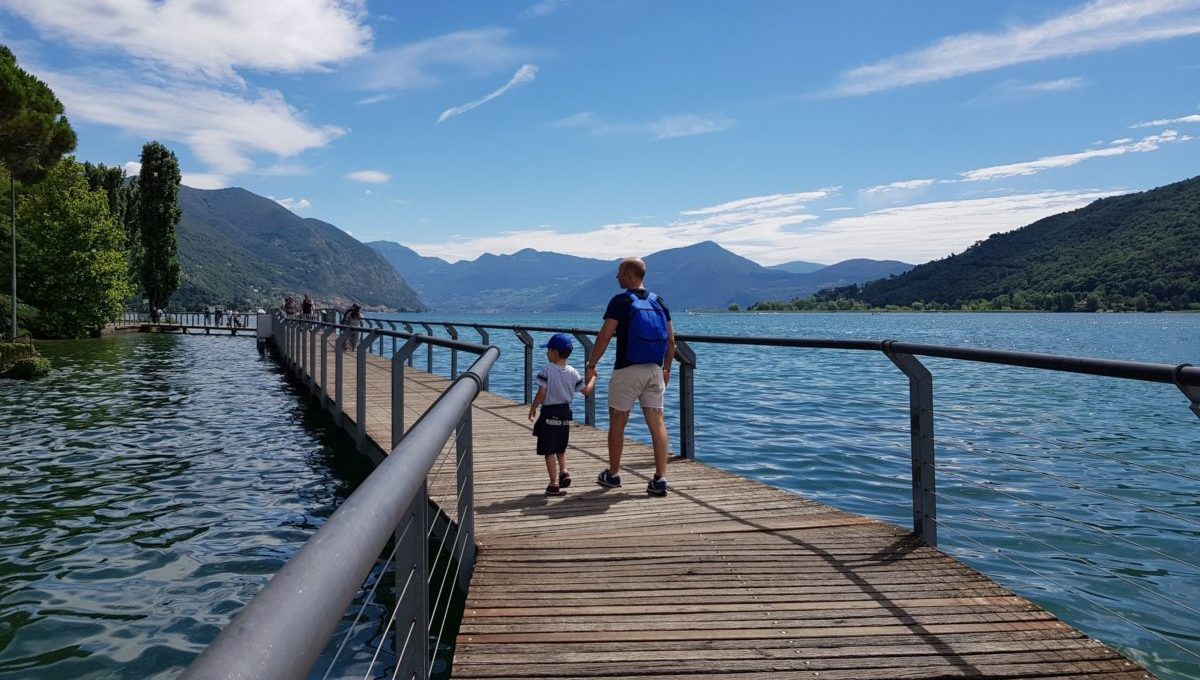
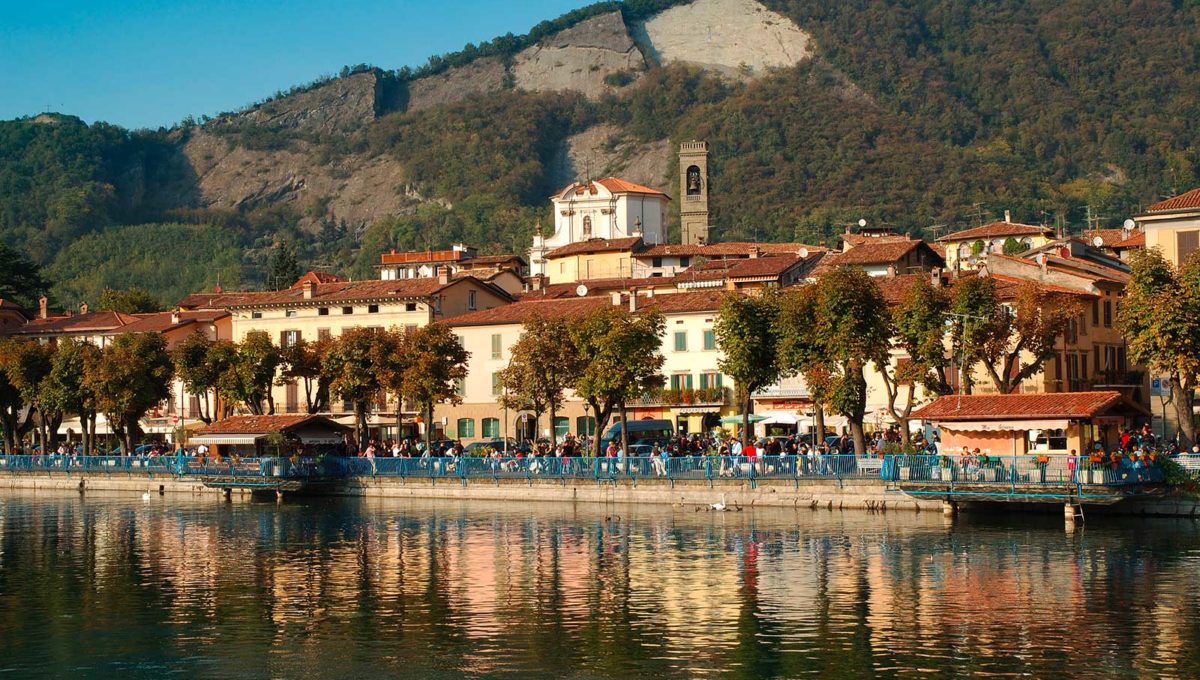
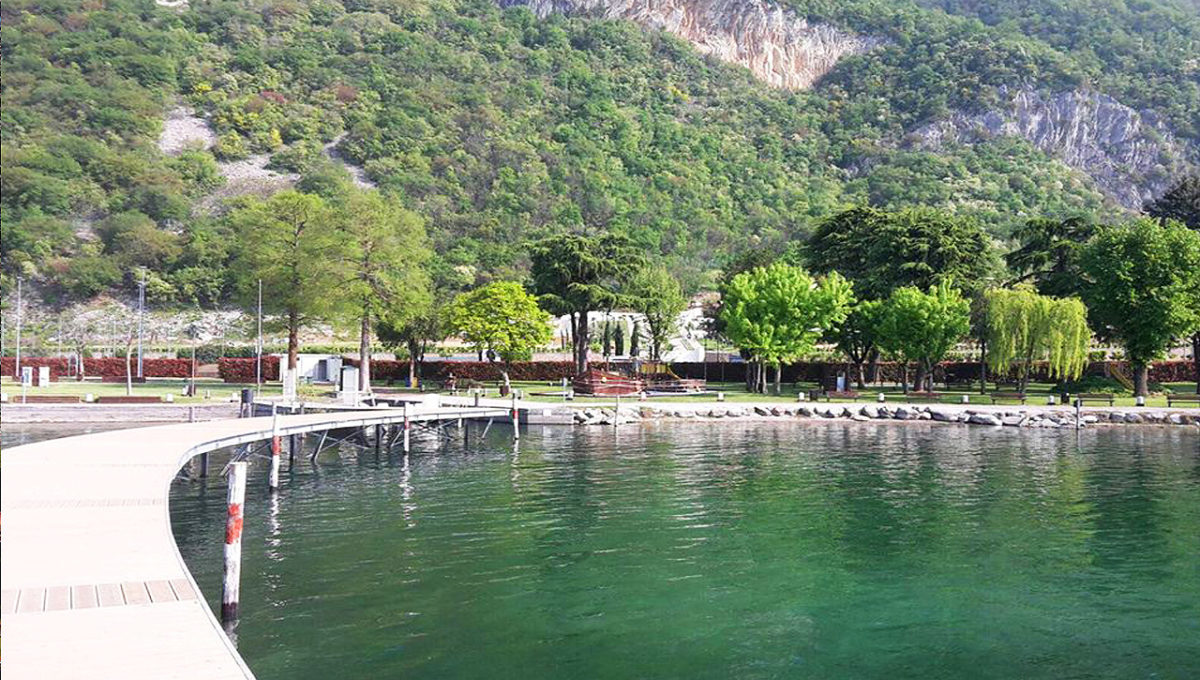
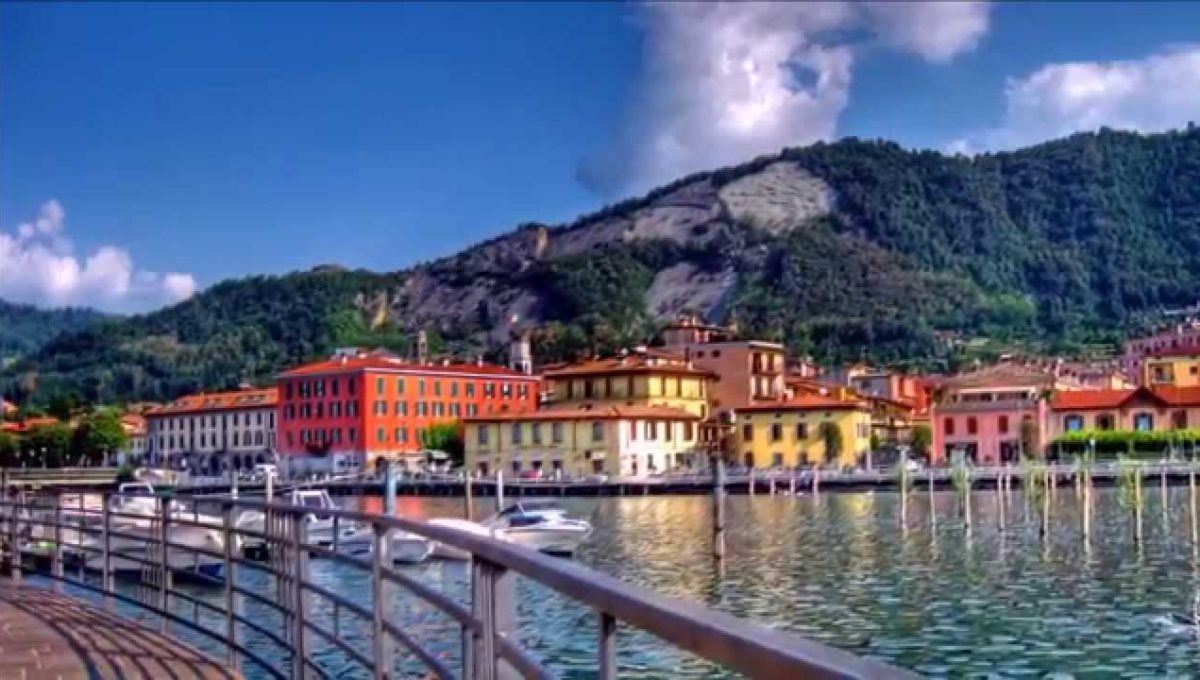
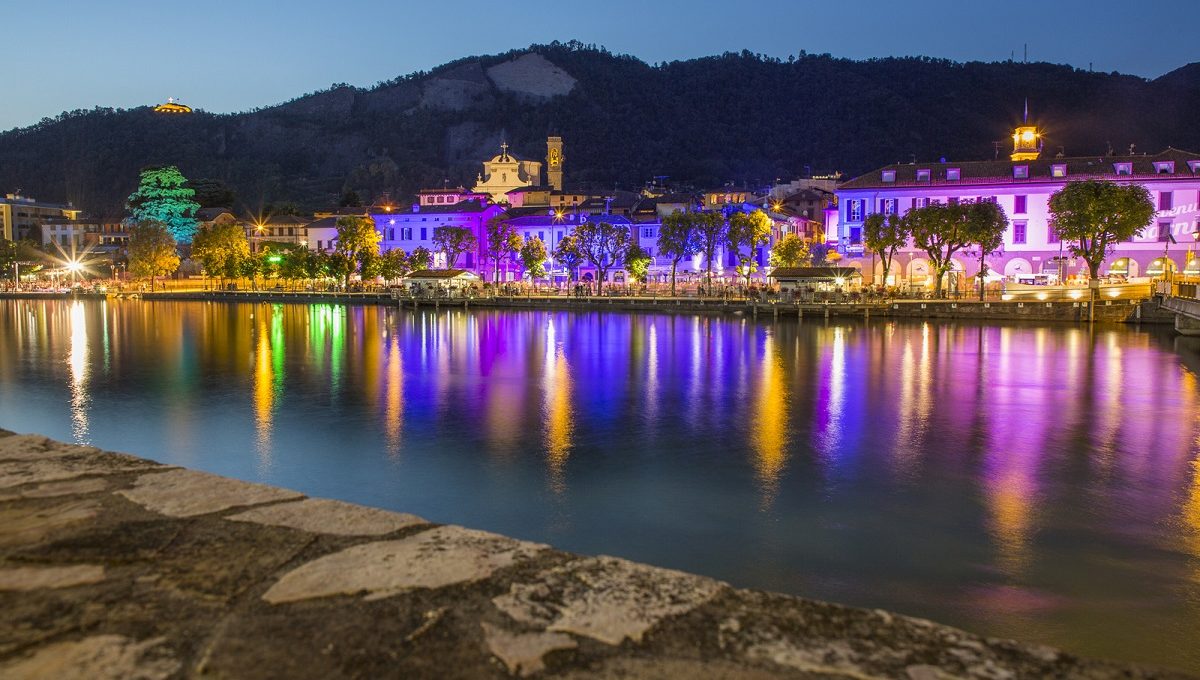
SOMMARUGA AND LIBERTY STYLE
Walks and architecture
Sarnico is also home to architectural examples, considered among the greatest examples of Art Nouveau style in Lombardy, all the work of the Milanese architect Giuseppe Sommaruga.
Villa Faccanoni, along the road that leads to Predore, the other villa G. Faccanoni to the west of the town, and, within the urban area, Villa Passeri (also already Faccanoni) form with the mausoleum Faccanoni and the kindergarten some of the highest examples of Lombard Art Nouveau.
THE SUBURBS
Walks and culture
Along the picturesque Via Manzoni, which skirts uphill the river Oglio you reach the hamlet of Fosio.
Opens the agglomeration of houses a collection church dedicated to the Madonna. Through a group of old houses and a seventeenth-century mill you get to the dam, built in 1933.
Returning to the provincial road that leads to Bergamo, to the north of the town, you will find the hamlet of Castione, an ancient town that belonged to the territory of Villongo until 1927.
In the town is clearly visible the seventeenth-century villa, now owned by Cancelli, an interesting three-storey office where it has been created an elegant and refined room with bar floors.
Going up the hill, you can visit the church of SS. Nazario and Rocco. Above the Guerra torrent dominates the imposing “Rocchetta”, sumptuous eighteenth-century palace owned by Buelli, built on the ruins of an ancient medieval fortification, now renowned winery of Valcalepio

